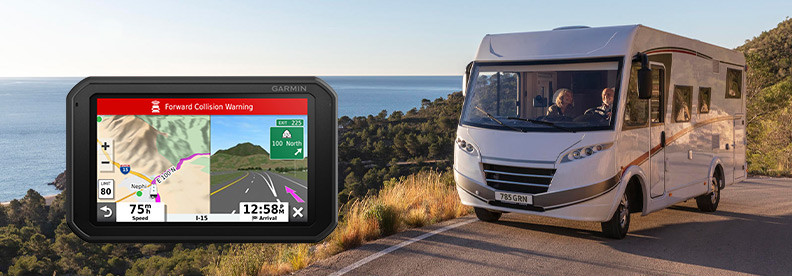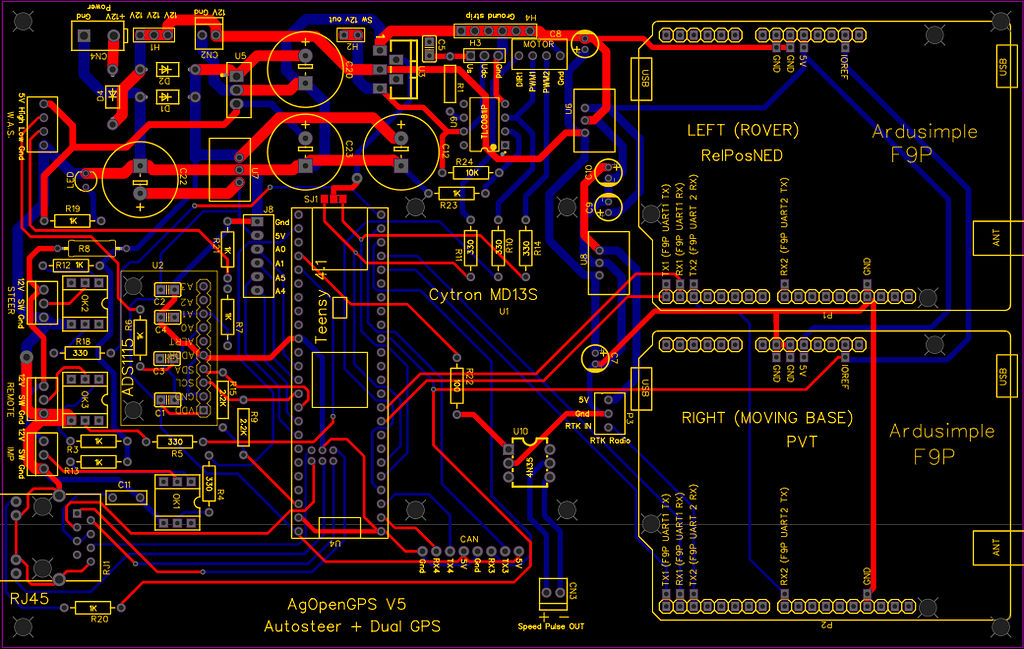
Dedicated to Provision of Long Term Stable Running IoT Devices
- mailbox
 [email protected]
[email protected] - phone
 +86-755-85241929
+86-755-85241929

Dedicated to Provision of Long Term Stable Running IoT Devices
 [email protected]
[email protected]  +86-755-85241929
+86-755-85241929 From enhancing fleet management to securing valuables and aiding in personal safety, the applications of GPS tracking technology are vast and varied. Yet, behind their seamless functionality lies a complex production process that melds innovation, precision, and practicality, let us find out what is it behind gps tracker production.

The Genesis of GPS Trackers
The inception of GPS trackers traces back to the development of the Global Positioning System (GPS) by the United States government. Initially designed for military purposes, GPS gradually evolved into a global navigation satellite system, enabling precise location tracking worldwide. Harnessing this innovation, GPS trackers emerged as devices capable of receiving signals from these satellites to pinpoint and relay accurate location data.
The Intricacies of GPS Tracker Manufacturing
Component Assembly:
GPS trackers comprise intricate components intricately woven together to ensure seamless operation. The core elements typically include:
GPS Receiver: This component captures signals from satellites to determine the device’s exact location.
Microcontroller: Acting as the brain, it processes the incoming data, manages device functionalities, and facilitates communication.
Communication Modules: To transmit location data, trackers are often equipped with GSM, GPRS, or other communication modules, enabling connectivity.
Power Source: Batteries or power systems sustain the device’s operations, ensuring continuous functionality.
Technological Integration:
The manufacturing process involves precise integration of these components, often through automated assembly lines. Miniaturization plays a pivotal role, as manufacturers strive to create smaller, sleeker, and more efficient devices without compromising functionality.
Quality Assurance and Testing:
Rigorous testing protocols ensure the reliability and accuracy of GPS trackers. Quality assurance measures verify each component’s functionality, assess signal reception, and evaluate the device’s overall performance under various conditions.

Innovation Driving Evolution
The landscape of GPS tracking continues to evolve, spurred by technological advancements and consumer demands. Innovations such as enhanced battery life, real-time tracking capabilities, geofencing, and IoT integration are reshaping the functionality and versatility of GPS trackers across industries.
Applications Across Diverse Sectors
The utility of GPS trackers spans numerous sectors:
Fleet Management: Tracking vehicles in real-time enables efficient route planning, fuel optimization, and enhanced security.
Logistics and Supply Chain: Tracking shipments ensures timely deliveries and enables proactive problem-solving in case of delays.
Personal Safety: Wearable GPS devices assist in emergency situations, allowing individuals to signal for help and share their precise location.
Asset Tracking: Valuables, ranging from equipment to pets, can be safeguarded and easily located using GPS trackers.
The Future Trajectory
Looking ahead, the trajectory of GPS tracker production appears promising. Advancements in battery technology, connectivity, and data processing are anticipated to further refine these devices. Additionally, the integration of AI and machine learning could enhance predictive capabilities, making GPS trackers even more indispensable in everyday life.
Conclusion
The production of GPS trackers embodies a fusion of technological prowess, precision engineering, and practicality. From their humble origins rooted in satellite navigation to their pervasive presence in diverse industries today, GPS trackers stand as a testament to human ingenuity. As innovation continues to push boundaries, these devices will undoubtedly play an increasingly pivotal role in shaping our connected future.
As demand surges and technology evolves, the journey of GPS tracker production remains an ongoing narrative, continually redefining the benchmarks of efficiency, accuracy, and functionality in the realm of location-based tracking.